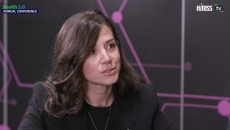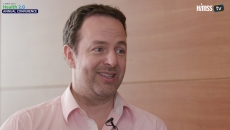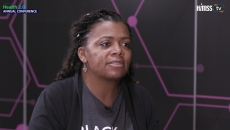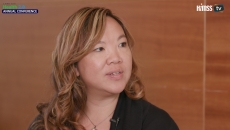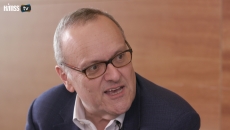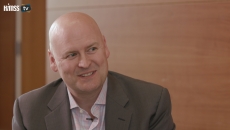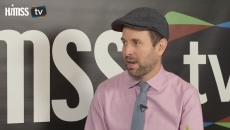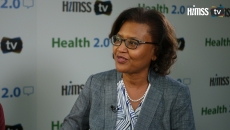HIMSS TV
Poppy Crum, chief scientist at Dolby Laboratories, sees a future where ubiquitous sensors anticipate physical and mental health needs.
HIMSS Executive Director of Health Innovation Kerry Amato discusses the value of Health 2.0, the Personal Connected Health Alliance and other initiatives meant to make leading-edge technology work for patients.
Richard Hanbury, CEO of Health 2.0 VentureConnect winner Sana Health, says his company's wearable therapeutic device uses pulsed light and sound to reduce pain and potentially treat neurological conditions.
Dr. Joia Crear-Perry, founder and president of the National Birth Equity Collaborative, describes how tech-driven connection to care can help reduce the elevated rates of maternal mortality across socioeconomic and racial lines.
Infermedica Business Development Manager Miłosz Wiciński says the strength of his company's symptom checker is how it works with organizations' existing software and processes.
Patient experience can be a constraining lens so Texas Health Resources is focusing on the consumer experience, says Winjie Miao, senior executive vice president and chief experience officer.
Dr. Charles Alessi, chief clinical officer at HIMSS International, says health tech ideas are coalescing toward a real sea change.
Steve Wretling, chief technology and innovation officer at HIMSS, says understanding the "why" is key to achieving a spectrum of innovation that is essential to creating change.
The Dadbot conversational chatbot provides a sort of "digital afterlife," says journalist James Vlahos, contributor to Wired and other magazines.
Dr. Elaine Batchlor, CEO of Martin Luther King, Jr. Community Hospital - which attained HIMSS EMRAM Stage 7 - discusses building healthcare infrastructure from scratch.
